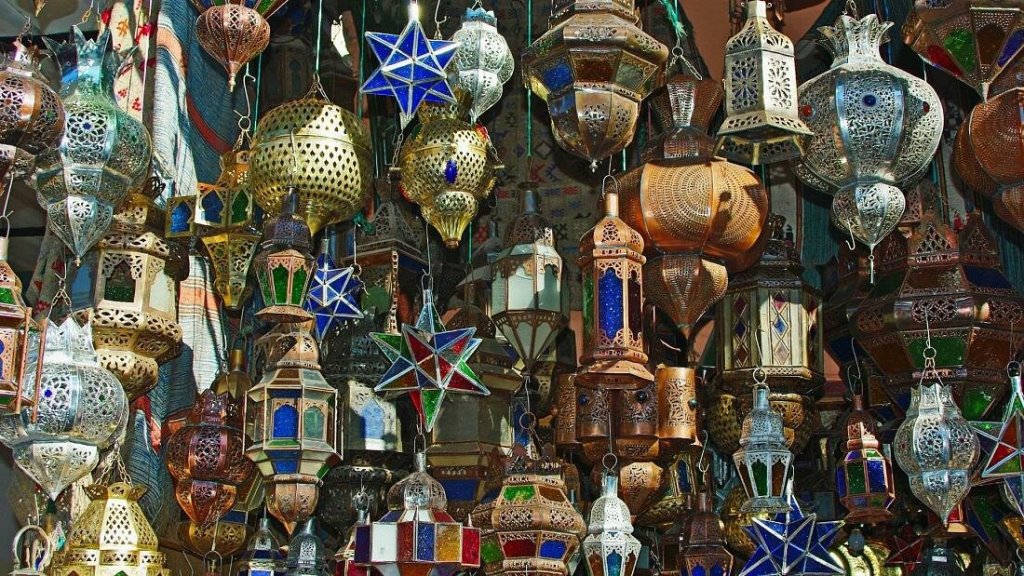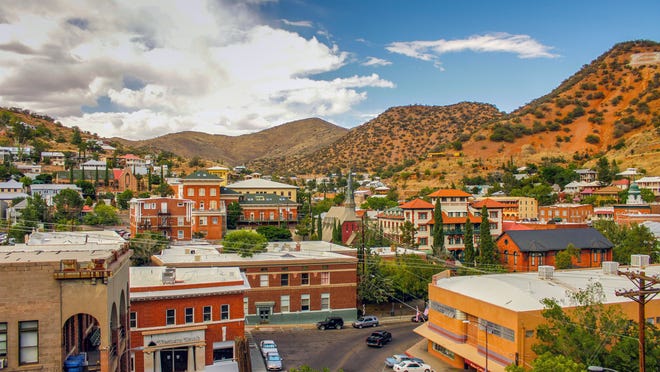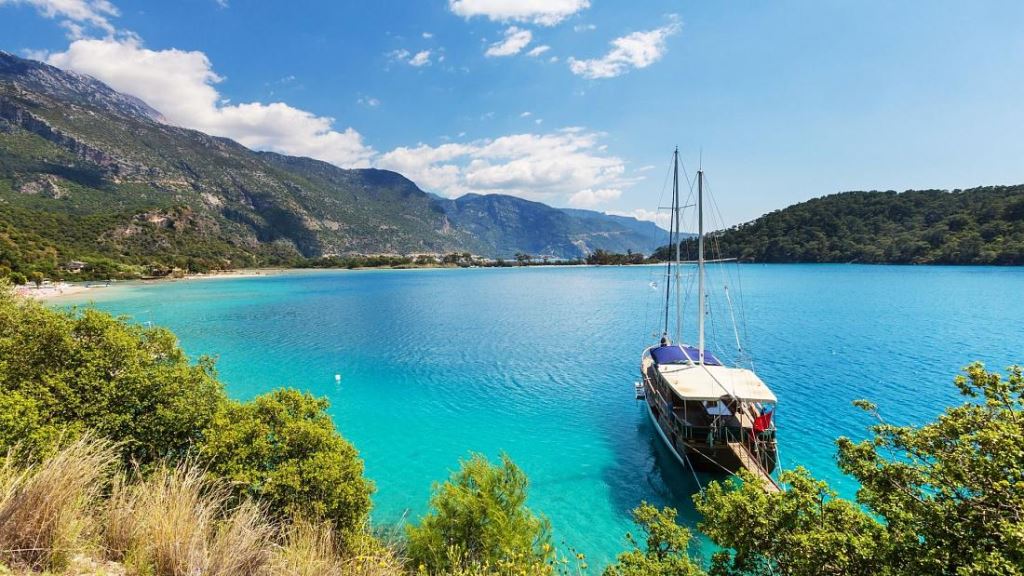Three reasons to visit Uzbekistan: Remote and mysterious Uzbekistan, a small country in Central Asia with a population of 33 million, is gradually beginning to reveal its secrets to Western tourists.

The country is rich in UNESCO World Heritage Sites and is home to some of Central Asia’s most incredible sights along the Silk Road, an ancient network of trade routes linking China with Europe.
Traveling between these cities is now easier than ever thanks to new high-speed rail links that have reduced travel time from Tashkent to Bukhara to just over three hours, to two to Samarkand, and to Khiva from 7 to 8 hours.
Three reasons to visit Uzbekistan
Tashkent: a green capital with a rich culture.

The city of two million, with its tree-lined avenues and wonderfully decorated metro stations built by the Soviet Union in the early 1970s, is located in the northeast of the country, next to Kazakhstan. It was once a major trading post on the Silk Road, an ancient network of trade routes that linked China with Europe.
Not so long ago, the country was closed to all but the most intrepid travelers, but a lot has changed since then. Traditional military parades have disappeared, in their place are now gala concerts and fireworks.
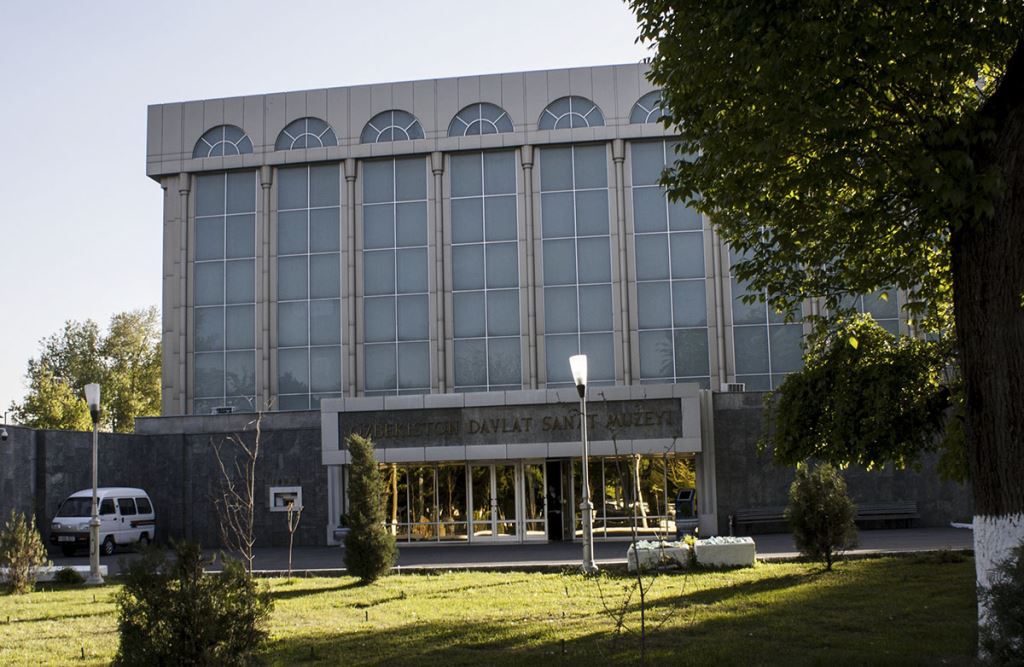
One of the most anticipated events in the capital was the return of the Tashkent International Film Festival, which is currently running from September 28 to October 3. It presents various films from around the world, as well as rare archival films.
Noteworthy is the Tashkent Center for Contemporary Art, located in the building of a former power plant. Opened in 2019, the center hosts art, film, music, architecture, and performance events.
From 2022, art lovers will also be able to visit the State Museum of Art again. Here are the works of Russian artists Repin, Bryullov, and Tropinin, once owned by Prince Nikolai Romanov, as well as more than 250 paintings by pre-revolutionary artists from Central Asia.
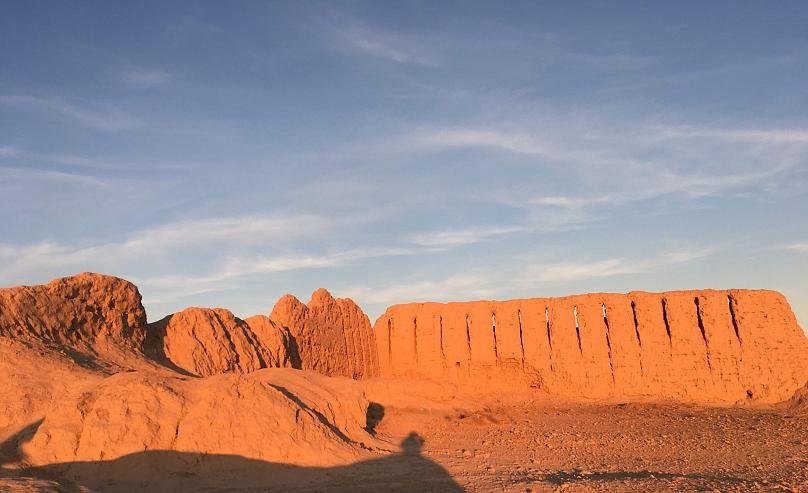
The museum’s brutalist style of the 1970s was reimagined by Japanese architect Tadao, who expanded the museum with a new complex, more than doubling the size of the museum.
Medieval meets modern
The birthplace of the fierce Turkic-Mongolian ruler of the XIV century Timur (or Tamerlane) – Uzbekistan, fell under the rule of Russia in the XIX century, after which it became part of the Soviet Union, and one of the union republics.

In the past few years, new roads and high-speed rail lines have begun to be built in the country, Hiltons and Hyatts hotels have opened, and strict entry rules have been relaxed.
Although Islam, brought by the Arabs in the 8th century, is the dominant religion in Uzbekistan, it is a much more liberal version than that practiced in the Middle East. The country’s diverse ethnic composition includes Uzbeks, as well as Tatars, Tajiks, and Russians.
Sparkling mausoleums and madrasahs
Khiva, Bukhara, and Samarkand, whose glittering mausoleums and madrassahs grace the front pages of travel brochures, are the most attractive places to travel to Uzbekistan.
Founded 2500 years ago, Khiva in the north of the Khorezm region is like a living museum.
Most of its sights are located in Ichon-Kale. One of them is the core of the city, surrounded by adobe walls – the minaret of Kalta Minor, a luxurious stone tower covered with glazed turquoise majolica tiles. The other is the Juma Mosque, built in the 10th century, which has 200 wooden columns with unique designs. Another option is the Kunya-Ark citadel, the former residence of the khans, whose observation tower offers stunning views of the old city.
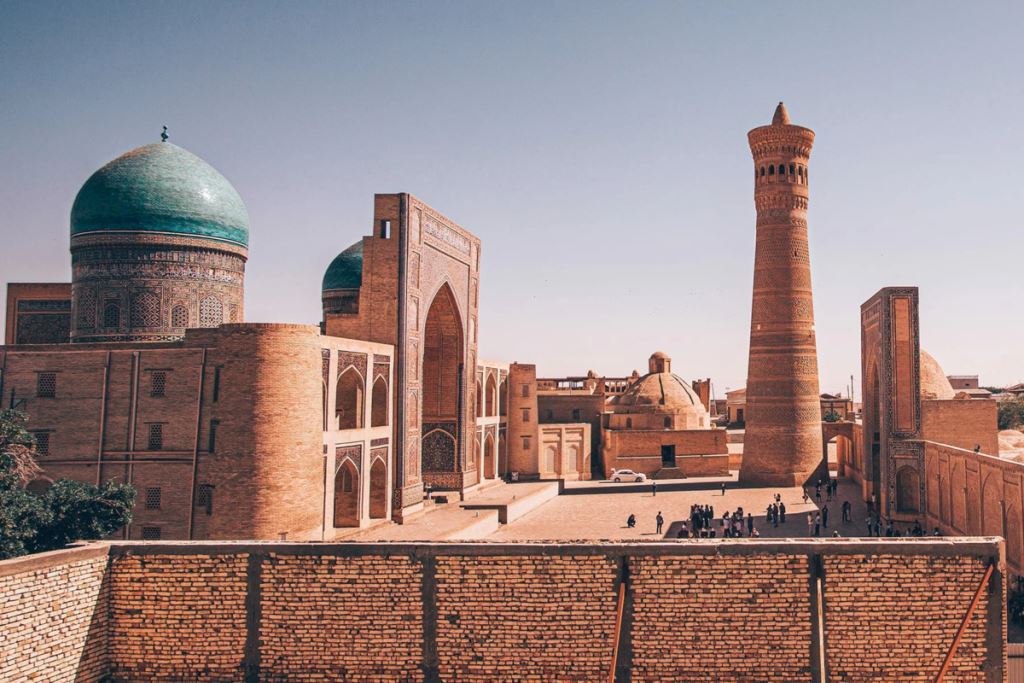
Bukhara is widely known for its well-preserved medieval bazaars, mosques, and caravanserais. Here, at the Taki-Telpak bazaar, you can buy Astrakhan hats, Soviet coins, and Furushon medals. Also, do not forget to turn your eyes to the 47-meter Kalyan minaret. Built-in the 12th century from intricately patterned fired brick, it blooms at night when hundreds of backdrop lamps illuminate it.
In Legendary Samarkand, you will find an attraction that can be called the highlight of your trip to Central Asia – Registan – a huge square surrounded by three tall madrasahs lined with mosaics.
The oldest of them was built by Timur’s grandson, Ulugbek, in 1417. Being an astronomer and mathematician, he invited scientists from all over the region to study here, which made Samarkand the intellectual capital of Central Asia. Beg founded an observatory in the city, which at that time was considered the most advanced in the Islamic world.
Similar Articles






